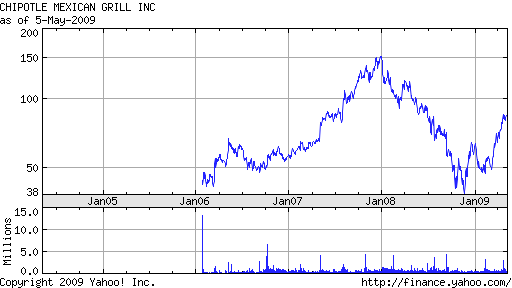Liar Loans To Become Illegal

Case Closed on Liar Loans
New legislation passed by the House will outlaw “stated income” mortgage loans (commonly called liar loans).
WASHINGTON — The House voted Thursday to outlaw “liar loans,” ballooning mortgage payments and other bank practices that lawmakers say preyed on consumers who couldn’t afford their homes.
The proposal, by North Carolina Democratic Reps Brad Miller and Melvin Watt, is one of several that Democrats are pushing to tighten controls on an industry that critics say undermined the economy by underwriting risky loans, then passing them off to investors.
The bill passed 300-114, with many Republicans contending it would limit consumers’ options and restrict credit.
Democrats said it would ban only the most egregious lending practices and wouldn’t keep most people from getting a mortgage they can afford.
Under the bill, banks offering other than traditional fixed-rate mortgages would have to verify a person’s credit history and income and make a “reasonable and good faith determination” that a loan can be repaid. This provision is aimed at eliminating high-risk credit lines that became known as “liar loans” because they required little or no documentation.
Banks also would have to make sure the loan provides a “net tangible benefit” for the consumer.
What Congress is saying is that banks should not lend in a situation where the borrower cannot provide proof of income or has a poor credit history. Inadequate income and poor credit have always been two factors that imply high risk of loan default. In other words, the banks need legislative action to outlaw practices that they should never have engaged in to begin with.
Niche Lending Gone Astray
Lending to borrowers who cannot provide proof of income and have poor credit has been going on for decades, first by small private “hard equity” lenders and later by (the now defunct) sub prime mortgage lenders such as Countrywide (now part of Bank of America). Typically, such loans were made at high rates and at low loan to values, reflecting the very high risk of loan default. Lenders knew the risk and priced accordingly – borrowers knew that not paying back the loan would likely mean the loss of their home which was the collateral for the loan.
Various situations made this type of lending sensible on occasion for both borrowers and lenders. For example, a homeowner facing a sudden financial emergency could borrow against his home and hope that his situation would improve. Borrowers who for various legitimate reasons could not verify income, were allowed access to credit. Small business owners wanting to expand or open a new business could access risk capital that would otherwise not be available.
Unfortunately, Wall Street and the Banking Industry combined forces to turn a small segment of the mortgage industry into a colossal part of their lending operations – greed overrode sound lending and the sowed the seeds for the biggest housing and banking bust in US history. The legislation to outlaw liar loans should have happened five years earlier if regulators had been doing their jobs properly.
Some Thoughts on the New Legislation
It is not clear if the legislation outlaws stated income loans only by lending institutions regulated by state or federal agencies. If private lenders wish to risk their capital without regard to income or credit criteria they should be allowed to do so with informed borrowers.
Banking institutions whose deposits are protected by the FDIC and whose losses are ultimately paid for by the taxpayer should not be allowed to engage in unsound, high risk lending practices. The very nature of lending without regard to credit or income implies a very high risk loan that should not be backed up by taxpayer funds.
The requirement that there be a “net tangible benefit” to the borrower when engaging in a mortgage transaction is also another sound rule meant to eliminate abuses. In the past, there were situations in which a borrower could pay closing costs that far exceeded any benefit of cash out or payment reduction. Does it really make sense to charge a borrower $15,000 in closing costs while the borrower walks away with maybe $5,000 cash and a higher monthly payment? This type of law is not a restriction on free enterprise – it merely protects the foolish or desperate borrower and prevents some of the egregious lending abuses that have occurred in the past.
Had it not been for the outrageously reckless lending policies engaged in by the banking industry, this new law would not have been necessary. Although I believe that less government regulation is usually better, this is one case where it should be welcomed. Since the lending industry could not properly institute sound lending policies, it is only appropriate that the government establish guidelines.
A Law That Should Have Never Been Necessary
Consider the message that the House is sending to the banking industry – loans should not be made to borrowers who cannot afford the loan payment! The fact that Congress had to pass this type of legislation is an indictment of the banking industry’s judgment and conduct and a reminder of how ongoing absurd situations can be viewed as normal – until the house of cards collapses.




